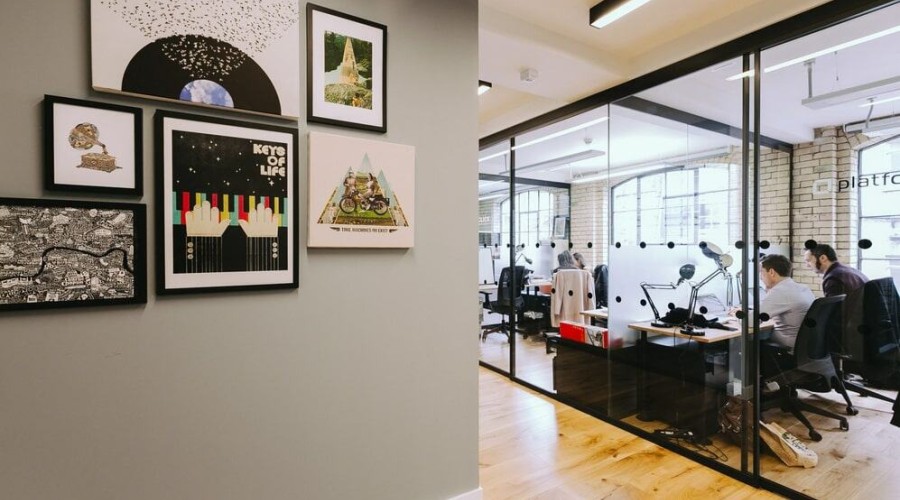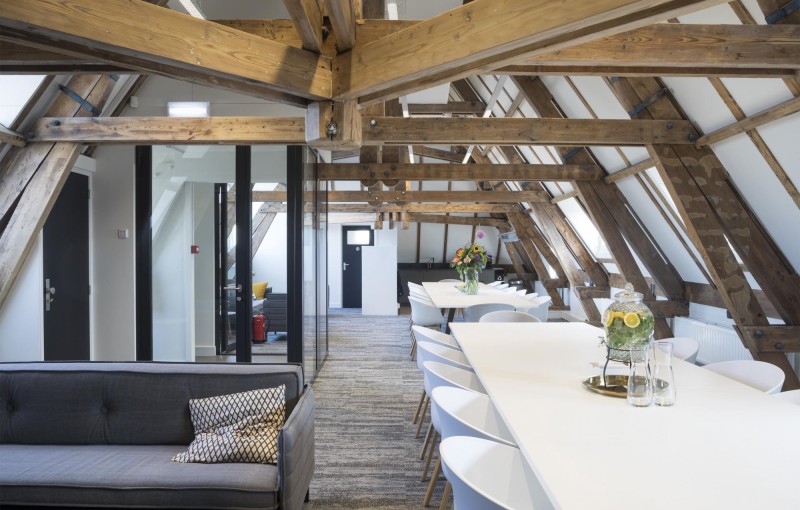
What is Gross Floor Area (GFA) and what is Lettable Floor Space (LFS)?

The square meter is a very important aspect in the office market. But when we talk about square meters, do we all mean the same thing? The answer is probably no. There are different kinds of terms for this unit. In the business real estate world, there is spoken of a Gross Floor Area (GFA) and a Lettable/Rentable Floor Area (LFS).
What does Gross Floor Area (GFA) and Lettable Floor Space (LFS) mean?
Let's start at the beginning. The floor space (FS) of a building represents the size of the building, such as GFA and LFS. Floor area is expressed in square meters (m²). The NEN 2580 is the most accepted framework for this unit in the Netherlands. The NEN 2580 provides an unambiguous definition of the various m² terms, including their calculation.
When renting an office space, the Lettable Floor Space (LFS) is the most important factor, more important than the GFA. This unit forms the basis for the rent. In addition, it gives an indication of the efficiency of the housing often expressed in m² LFS per workstation, employee or FTE (full-time equivalent).
The LFS is about the surface measured at floor level between the walls that separate the space(s) from each other. The place where equal building functions are adjacent to each other are measured up to the middle of the separation construction. In the case of window openings, measurements are taken up to the inside of the glass at a height of 1.5 m above the floor. Spaces with a height of less than 1.5 m do not count.
When determining the LFS, the following are not taken into account:
- Installation space(s)
- A space for reaching an installation room or an emergency exit.
- The staircase, stairwell or elevator shaft;
- A space for reaching staircases;
- A link hole or mezzanine, if its surface area is greater than or equal to 4.0 m²;
- A space used for parking motor vehicles;
- The surface of parts of floors above which the net height is less than 1,5 m;
- A self-contained building construction and a pipe shaft if its horizontal cross-section - in the case of sloping columns including the part of the space underneath that is less than 1.5 m - is greater than or equal to 0.5 m²;
- A load-bearing inner wall
LFS is an office including common areas
The LFS of an office space is increased by a part of the LFS of the common areas in that building on which the office is designated. This also includes the general traffic areas between the entrance of the office and the general areas.
LFS of a building
The LFS of a building is the total of the lettable space of all rooms belonging to the building.


